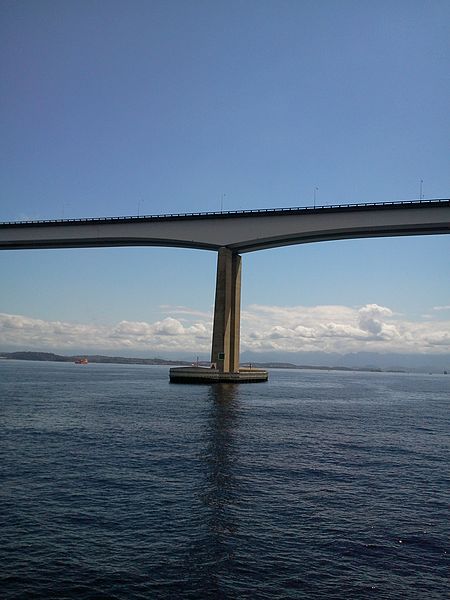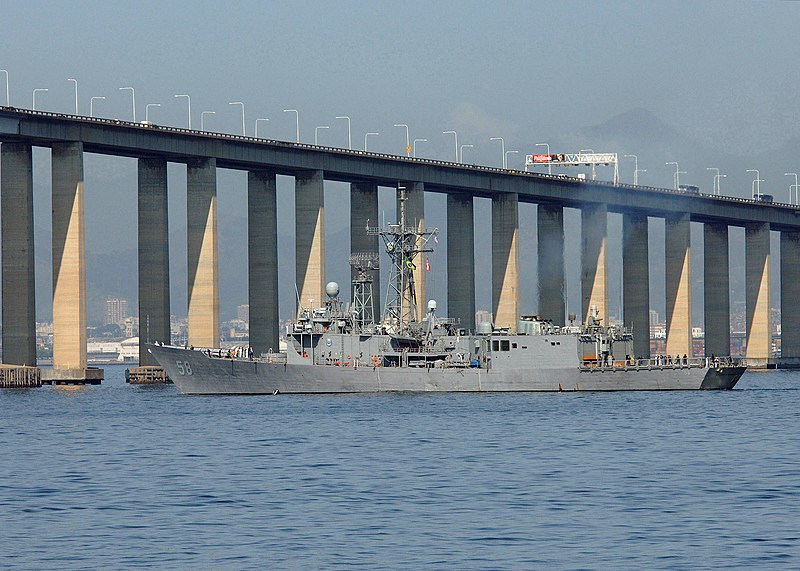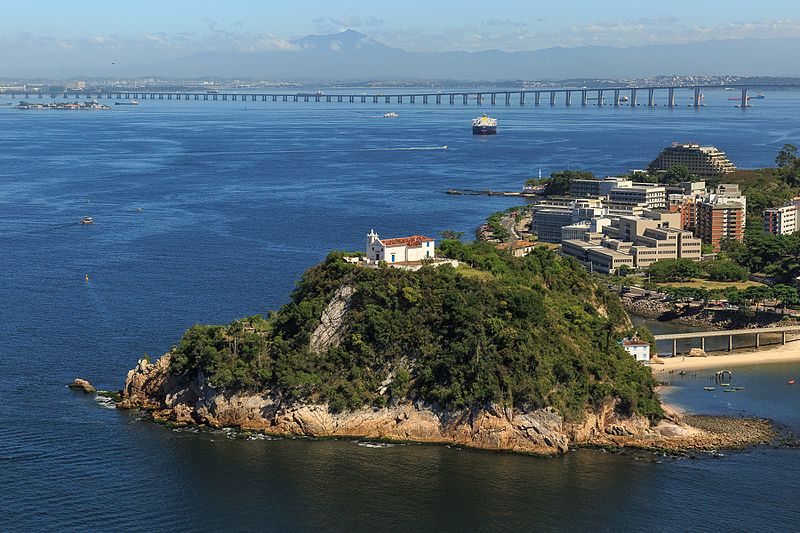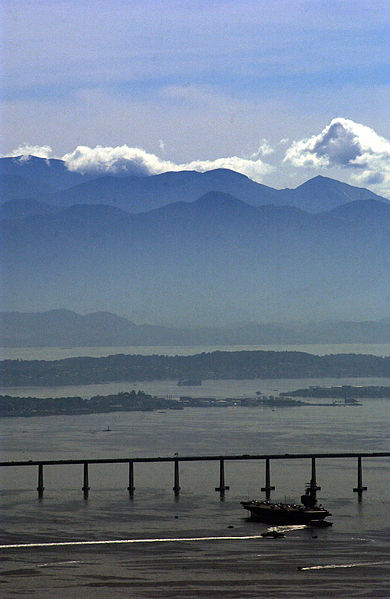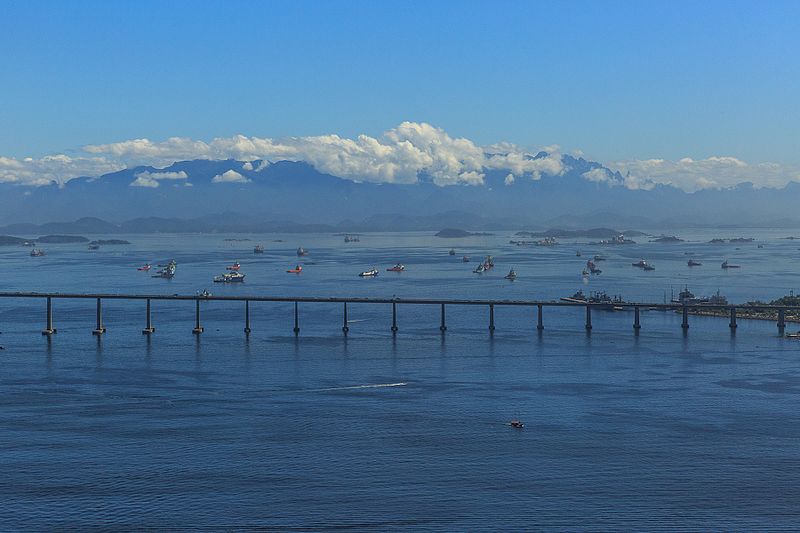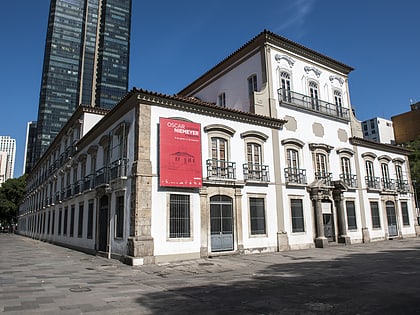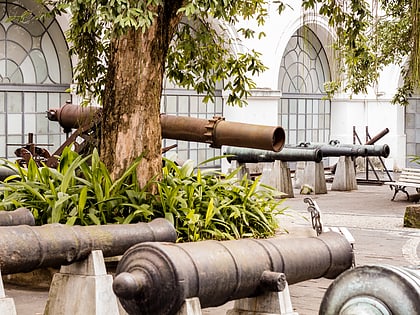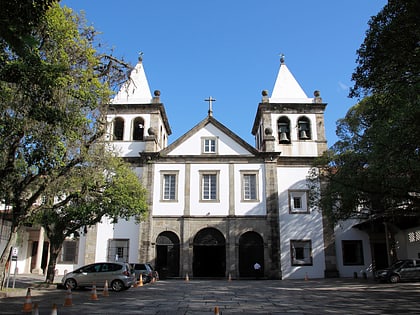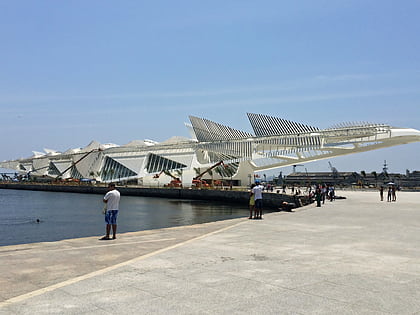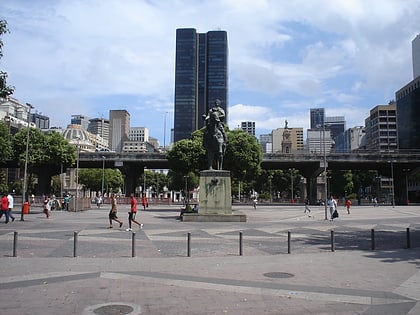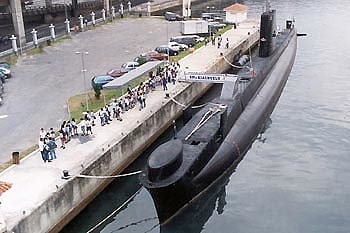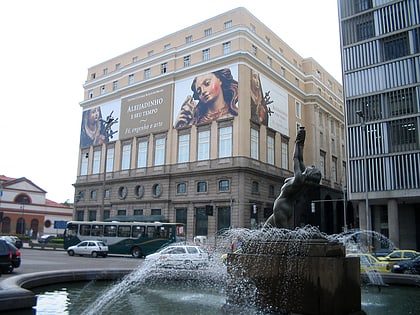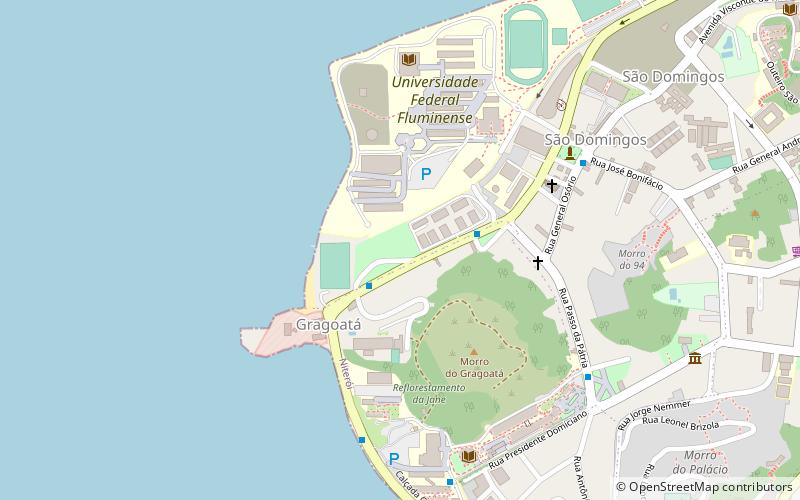Rio–Niterói Bridge, Niterói
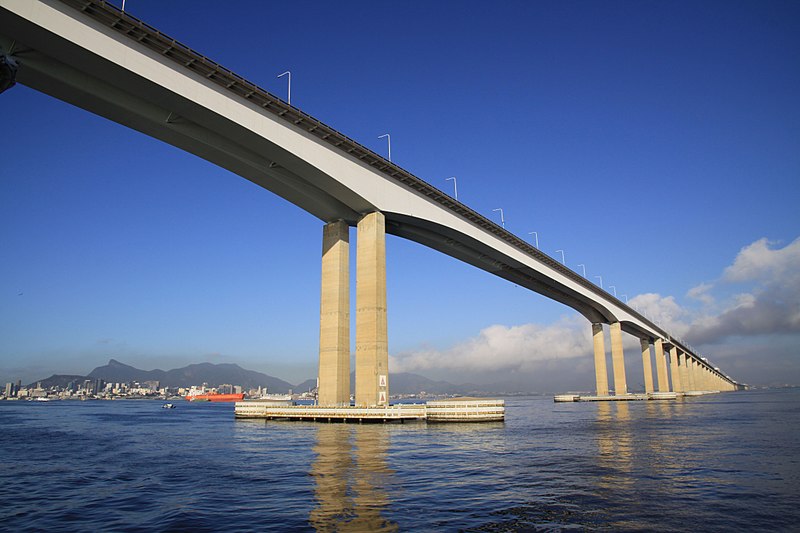
Facts and practical information
The Rio–Niterói Bridge stands as an imposing landmark connecting the Brazilian cities of Rio de Janeiro and Niterói. This colossal bridge, spanning the Guanabara Bay, measures an impressive 13.29 kilometers in length, making it one of the longest bridges in the world. Completed in 1974, it has since facilitated the flow of traffic and commerce between these two bustling urban centers.
Constructed to alleviate the congestion of ferry services and to provide a more efficient transportation route, the bridge has become an integral part of Brazil's infrastructure. Its official name is the President Costa e Silva Bridge, named after the Brazilian president who ordered its construction. However, it is commonly referred to by locals as the Rio–Niterói Bridge.
The bridge's design is a testament to the engineering prowess of the late 20th century. It features a semi-continuous structure with a main suspension span of 300 meters, which allows for the passage of ships beneath it. This segment is particularly stunning, with its towering pylons and sweeping cables that have become an iconic part of the area's skyline.
Open to vehicle traffic, the bridge serves as a vital artery for commuters, with thousands crossing it daily. It has significantly reduced travel time between Rio de Janeiro and Niterói, contributing to economic growth and regional development.
Tourists and residents alike are drawn to the bridge for its panoramic views of the cities and the surrounding bay. Although there is no pedestrian access, the views from a vehicle are breathtaking, especially at sunset when the sprawling cityscapes are bathed in golden light.
Niterói
Rio–Niterói Bridge – popular in the area (distance from the attraction)
Nearby attractions include: Niterói Contemporary Art Museum, Paço Imperial, Museu Histórico Nacional, Igreja e Mosteiro de São Bento.


